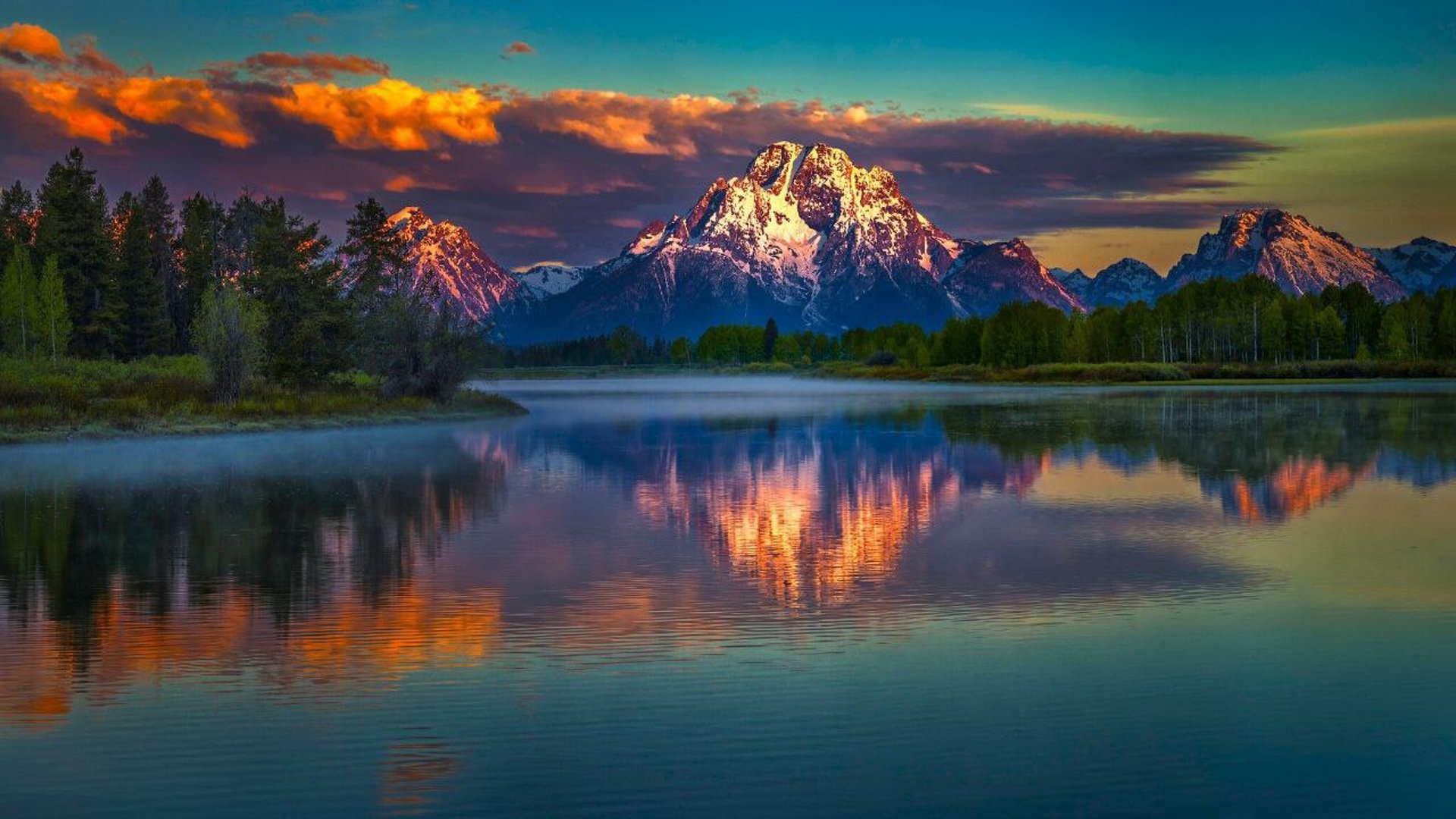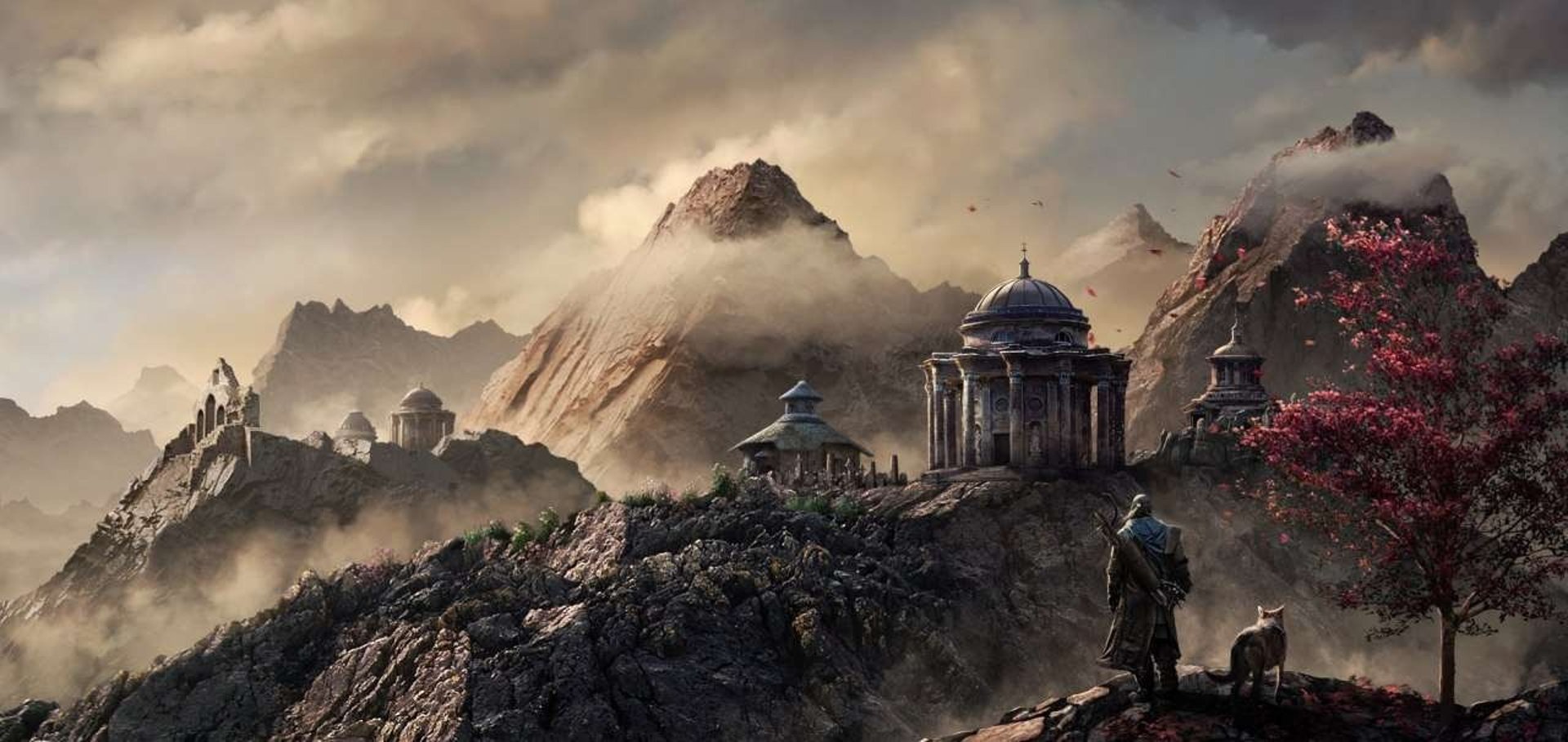
The forgotten truth of viking mythology = We Kings
Long before the rise of Christianity, the Vikings roamed the seas and lands, guided by their mythology—a belief system deeply rooted in nature, the cosmos, and the balance of realms.
STORIESWITHAI



The Forgotten Truths of Viking Mythology
Long before the rise of Christianity, the Vikings roamed the seas and lands, guided by their mythology—a belief system deeply rooted in nature, the cosmos, and the balance of realms. For the Vikings, their gods and cosmology were not abstract; they were living truths, woven into the fabric of existence. Their worldview, far from being mere tales of adventure, reflected a profound understanding of the universe that resonated with the flat Earth model and the interconnectedness of all things.
The World Tree and the Cosmic Design
Central to Viking belief was Yggdrasil, the World Tree—a vast, cosmic ash tree that connected all realms of existence. At its center was Midgard, the flat, circular plane where humanity dwelled, surrounded by endless oceans. Above Midgard arched the celestial dome, home to the sun, moon, and stars, all guided by divine forces. Beneath the roots of Yggdrasil lay the underworld, Hel, where the dead resided.
This model of the world is strikingly similar to the flat Earth model presented by Eric Dubay and ancient cosmologies worldwide. The idea of a flat, motionless plane encased within a protective celestial dome aligns with the Vikings' understanding of Midgard’s placement within the great sphere of existence. Unlike Christianity’s globe Earth—a concept pushed alongside its dogmas by institutions of power—the Viking worldview reflected natural observation and ancestral wisdom.
The Gods Walk Among Us
Viking mythology taught that the gods were not distant or removed but deeply intertwined with the lives of mortals. Odin, the All-Father, was a seeker of wisdom, often disguising himself to walk among men, learning and teaching in equal measure. Thor’s thunderbolts were not just symbols of power but reminders of the gods’ active role in maintaining balance.
In contrast, Christianity presented an omnipotent yet distant God, whose will was filtered through earthly institutions and written scripture, often manipulated for control. The Vikings, by comparison, experienced their gods in the winds, storms, and stars. Their gods were not abstract concepts but living forces.
The True Nature of the Cosmos
Vikings understood the world as a sacred interplay of realms: Midgard, the physical plane; Asgard, the divine realm of gods; and Hel, the underworld. These realms, connected by Yggdrasil, revealed a holistic view of existence. The flat Earth model with its firmament mirrored this understanding, portraying the universe as a purposeful, interconnected design rather than a chaotic, infinite void.
Christianity, when imposed on pagan cultures, brought with it the heliocentric model—a worldview that detached humanity from the divine and placed them on a spinning ball hurtling through an indifferent cosmos. This shift in perspective stripped people of their connection to nature and replaced it with a framework that served the emerging structures of power and control.
The Wisdom of the Ancestors
Viking myths carry a wisdom that Christianity often lacks: a reverence for cycles, a balance between creation and destruction, and the importance of living in harmony with nature. Ragnarok, the end of the world, was not a tale of final judgment but a necessary renewal—an eternal cycle of death and rebirth.
In contrast, Christianity's linear narrative of sin, judgment, and salvation often instills fear rather than understanding. The Viking belief in the eternal cycle mirrors the rhythms of nature and the seasons, resonating with ancient truths observed by countless ancestral cultures.
The Flat Earth Connection
Eric Dubay’s flat Earth model, which challenges modern cosmology, finds echoes in Viking cosmology. The Vikings didn’t see Earth as a random sphere in an endless void but as the heart of a divine creation, surrounded by protective forces. Their celestial dome, with the sun and moon journeying across it, aligns with flat Earth theories that reject the narrative of a spinning globe.
By embracing Viking mythology, one reconnects with a worldview that values observation, intuition, and respect for the divine design. It is a reminder that the truths of our ancestors were dismissed not because they were incorrect, but because they posed a threat to the control systems imposed by centralized religions and later, scientific dogmas.
Why Viking Mythology Resonates Today
In a world saturated with propaganda and disconnected from nature, Viking mythology offers a path back to authenticity. It encourages questioning established narratives, reconnecting with the natural world, and embracing a cosmology that aligns with observation and ancestral wisdom.
Christianity, for all its moral teachings, often distances believers from their own power, placing them at the mercy of distant authorities. Viking mythology, on the other hand, empowers individuals to seek their own truth, honor their ancestors, and live in harmony with the divine forces that shape the world.
Perhaps this is why Viking mythology, with its flat Earth connections and reverence for cosmic balance, feels closer to the truth—A truth that scientific research has yet to provide conclusive evidence for—the claim that Earth is a spinning ball.

The Myth of Midgard's Sphere
Long ago, before the whispers of modernity and the maps of men, the Vikings held a sacred belief about their place in the cosmos. They understood the world not as a spinning globe in the vastness of space but as Midgard—a flat, circular plane cradled within a divine, protective sphere. This was no ordinary sphere; it was the celestial shell, the very fabric of Yggdrasil, the World Tree, whose roots and branches wove the realms of existence together.
In their lore, Midgard was the heart of all creation, a sanctuary of mortal life surrounded by vast, impassable waters. Encasing it was the celestial dome, a shimmering firmament where the sun and moon traversed their eternal paths, guided by unseen gods. Beyond the dome lay the stars—sparkling eyes of ancient beings, forever watching over the fate of the world.
The Vikings believed that Yggdrasil's roots anchored this great sphere, reaching deep into the underworld where Hel, the realm of the dead, awaited. Its branches stretched high into the heavens, supporting Asgard, the home of the gods, and Valhalla, where the bravest warriors feasted for eternity. Each layer of the cosmos was interwoven, bound by the sacred roots and branches of Yggdrasil, connecting the living, the dead, and the divine.
The Creation of Midgard's Sphere
The legend tells of Odin and his brothers, Vili and Vé, who shaped the flat Earth from the body of the giant Ymir. They crafted the land from his flesh, the oceans from his blood, and the dome above from his skull. But the gods saw that the cosmos was fragile and vulnerable. To protect it, they wove a celestial sphere, a barrier against the chaos that lurked in the void beyond.
Yggdrasil itself was said to have sprung from the first spark of life, its roots anchoring the sphere in perfect harmony. The tree was both a pathway and a protector, allowing gods and mortals to traverse the realms while shielding them from forces that sought to destroy the balance.
The Prophecy of the Walking Gods
Within the Viking faith, there was a prophecy that one day the boundaries of the sphere would falter. The gods, who had walked only in Asgard and occasionally descended to Midgard, would cross fully into the mortal plane. The blending of divine and mortal realms would signal the beginning of Ragnarok—the great end and renewal of the world.
When the gods walked amongst mortals, Yggdrasil would tremble, and the celestial sphere would crack. The sun and moon would fall from their paths, and the stars would descend to Midgard. In this chaotic convergence, the truth of the flat Earth within the celestial globe would be revealed to all, stripping away illusions and uniting mortals in a final stand against the coming darkness.
The Eternal Cycle
The Vikings believed that even after Ragnarok, the cycle would begin anew. Yggdrasil would sprout again, and a new Midgard would form, enclosed once more within the protective sphere. The gods, having sacrificed themselves, would return reborn, and the balance of the cosmos would be restored.
For the Vikings, this belief was not just a worldview but a guiding principle. Their reverence for Yggdrasil and the interconnectedness of the realms shaped their way of life. They saw themselves as protectors of Midgard, living with honor and courage to ensure that the sphere remained unbroken until the end of days.
Thus, the myth of Midgard's sphere lived on, passed through sagas and songs, a sacred reminder of their place within the great cosmic design.



